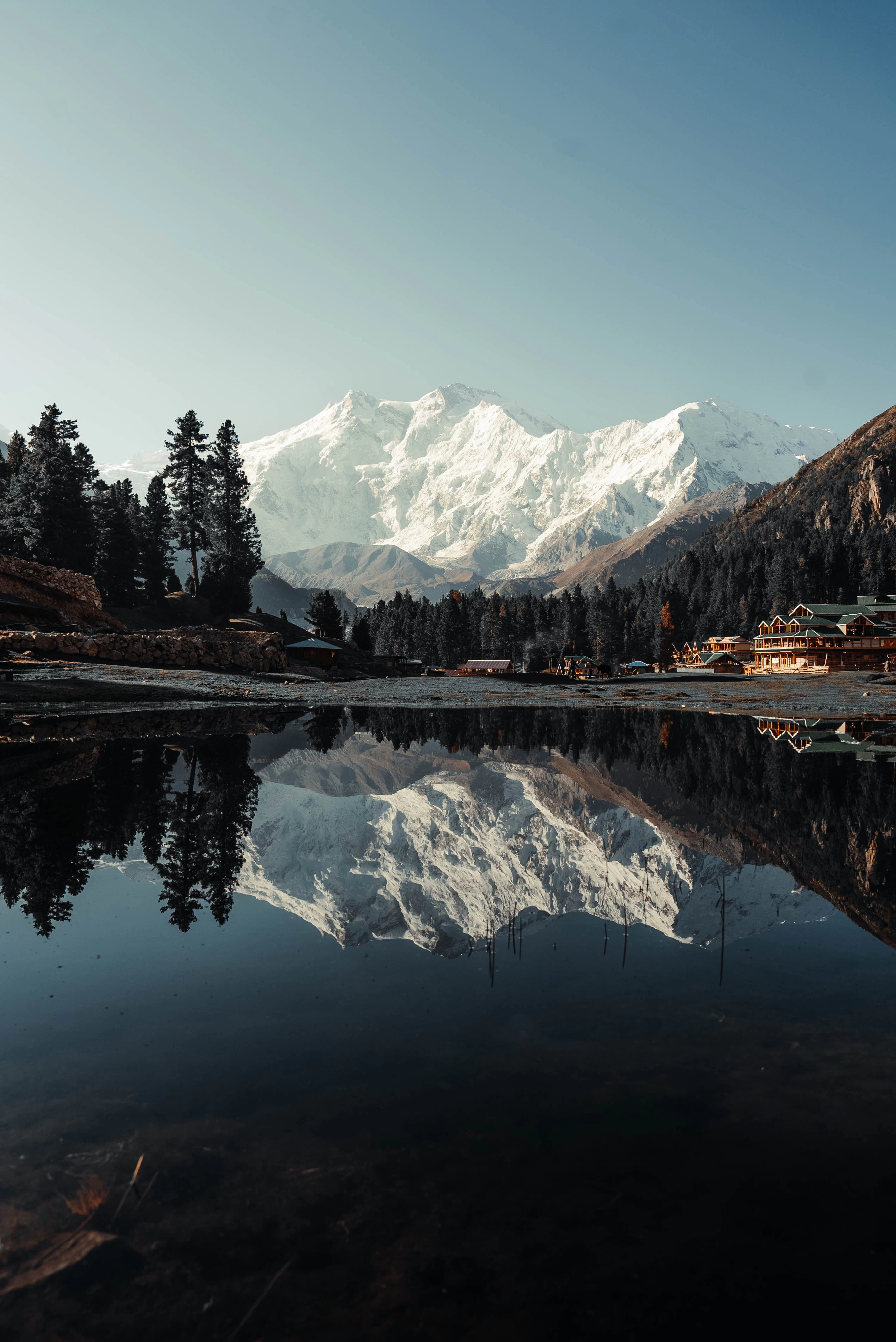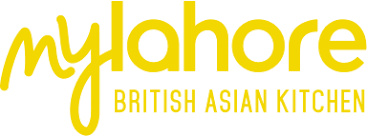Useful tips for traveling to Pakistan
Planning to travel to Pakistan? This blog will have every detail covered! As a company working with foreign tourist, we will pen down all essential information that will help you get accumulated with what our beautiful country has to offer. We will critically cover all aspects.
Pakistan is a beautiful and a diverse country, from jaw dropping nature to diverse landscape and delicious food are some of the many things you will experience in Pakistan. Hospitality is one of the major reasons why Pakistan is compelling more and more people to travel.

About Pakistan?
Pakistan is officially called “the Islamic republic of Pakistan”, a 6th most populous country in South Asia, founded on 14th August 1947. The event is commonly referred to as partition, the event has millions of heart saddening stories associated with it with its affects still visible till date. Pakistan officially has 4, Sindh, Balochistan, Khyber Pakhtunkhwa & Punjab and Azad Kashmir & Gilgit Baltistan are also part of Pakistan’s northern areas.
While modern Pakistan may have sprawling cities and a young population, it’s roots can be traced to ancient times, with Indus Valley civilization in the southern Pakistan. The modern day Pakistan’s territory had multiple civilization and conquerors including Ghandara civilization from where Buddhism emerged, alexander the great, the Delhi sultanate, Mughal empire and the British Raj.
Languages in Pakistan?
As stated earlier, Pakistan is a culturally diverse country, and same applies to languages here. Majority of people speak atleast 2-3 languages but not essentially English.
While Urdu is the national language of Pakistan, there are specific languages spoken in each province and mostly in cities, the majority of upper and middle class do understand and speak English. Most people speak some English but it depends what area are you in.
In addition to Urdu & English, Pashto, Sindhi, Punjabi, Balochi, Potohari, Shina, Wakhi and the list goes on. Every province has their own regional language.
🧳 Pakistan Travel Checklist
✅ Essentials
• Passport + visa copies
• Travel insurance
• Local SIM card & charger
• Cash (PKR) + debit/credit card
• Power bank
👕 Clothing
• Light, modest outfits for cities
• Warm layers & waterproof jacket
• Trekking shoes + sandals
• Scarf / shawl
🎒 Gear
• Backpack + daypack
• Reusable water bottle
• Headlamp / flashlight
• Camera / GoPro (Optional)
🧴 Health & Toiletries
• Personal medicines + first aid kit
• Sunscreen + lip balm
• Insect repellent
• Hand sanitizer + tissues/wipes
🌍 Extras
• Sunglasses + hat
• Snacks / energy bars
• Journal / notebook (optional)
⚡ Tip: Pakistan = culture + mountains + adventure → Pack light, layer smart, and always keep cash handy.
Mobile Networks in Pakistan
In Lahore and Islamabad, coverage is strong with Jazz, Zong, and Telenor all offering fast 4G for navigation, social media, and video calls. SIM cards are available at official outlets with a passport, and eSIMs are becoming an option for travelers.
In Gilgit Baltistan, the Special Communications Organization (SCO) provides the most reliable service, especially in Gilgit, Hunza, and Skardu, while Jazz and Telenor work in some areas with slower speeds.
At Fairy Meadows, coverage is extremely limited. Travelers should download offline maps in advance, carry a power bank, and prepare to be offline. a welcome part of the experience in this remote landscape.
What to wear in Pakistan (Dress code):
When travelling to Pakistan, one of the most common questions is: what should I wear? The simple answer is there’s no strict rule, but modest clothing is always recommended. Western clothes are absolutely fine, and you’ll see many people wearing them, especially in big cities and shopping malls.
Women:
Pakistan is generally a conservative country, so modest dressing is best. Long pants, loose tops, or dresses work perfectly. Headscarves are not required unless you’re entering a mosque. Many visitors also love wearing the local shalwar kameez, which is stylish, comfortable, and easy to find in Lahore & Islamabad shopping Malls.
Men:
Men can wear both western and local clothes. Pants and shirts are a safe choice, while shalwar kameez is also highly recommended for comfort and cultural experience. Shorts are fine too, but not suitable for mosques or religious sites.
Things to Keep in Mind (For Both Men & Women):
As a foreigner traveling in Pakistan, it’s best to be mindful of local cultural values. Public displays of affection such as kissing or close touching are not common here and can attract unwanted attention. Relationships like boyfriend/girlfriend are usually kept private, so as a couple it’s often easier to say you’re married if someone asks.
For women, it’s always wise to stay cautious while interacting with men. A simple and respectful way to set boundaries is by addressing younger or middle-aged men as “Bhai” (brother in Urdu) and older men as “Chacha/Uncle.” This is culturally appropriate and usually ensures you are treated with respect.
Religion
Pakistan is an Islamic republic and majority of people are Muslims. Islam is the official state religion. There are people from other religion too like Christians and Hindus. While travelling to Pakistan, it is important that you are respectful of Islam and other religions and also important to steer clear of the discussions on the religion.
Food in Pakistan!
As with diversity in Pakistan, the food is equally diverse and rich in flavors and taste. Almost every province and region has their own best to offer.
Pakistan food is generally very tasty but whether its healthy, it is something that you will have to judge yourself. The food contains loads of oil, meat and bread; however, while travelling to remote areas, you wont find much yoghurt or salads with few exceptions like Onions, Cabbage, carrots etc.
Food is usually full of flavor and spicy. Visitors in Pakistan may have stomach issues at some point. When in big cities in Lahore and Karachi, you will have numerous cafes offering international flavors.
Vegetarians & Vegan are a complex concept in Pakistan except in some areas. Most Pakistani dishes contain meat, dairy products like butter or yoghurt. If you are one of the these, it is important that you tell us before hand.
Money in Pakistan:
The currency in Pakistan is ‘Rupee’ and it comes in the denomination of 5, 10, 20, 50, 100, 500, 1000 & 5000. Coins are also available but ever since the inflation, they have become useless. Getting money from ATM is pretty easy in big cities as ATMs are available everywhere. However, while travelling North, It can be challenging. The ATMs are not available everywhere in the north and can run out of the cash as well, so make sure you carry substantial Pakistan currency while travelling north. Moreover, Credit/Debit cards aren’t accepted by locals in the north.
It is important that you get your Dollars/Pounds/Euros exchanges before travelling to Northern Pakistan.
Approx Costs While Travelling North:
Below are approx. cost while travelling to Forts which are subject to change.
- Altit fort: $10
- Baltit fort: $10
- Deosai National Park Entry: $20
- Cold desert Safari: $50 per jeep (usually 30- 45 Mins)
- Shangrilla Resort: $20
- Attabad Lake Boating: $10-$20
- Attabad Jetski: $3
- Shigar Fort Entry: $15
- Masur Rock Hiking: $5
- Hussaini Bridge: $1
- Baskochi top: $5
- Zipline At Hussaini Bridge $5
How to apply for Visa?
We have a separate page where we list down ways to access visa. Click here to read it in detail:
What’s weather like in Pakistan?
The weather in Pakistan varies from area to area. In the northern Pakistan, weather can be unpredictable due to high altitude. Sunny days can be experienced from Springs to Autumn but weather can drop at night in summers as well. In Sep/Oct, it is generally normal and sunny but owing to climate change, the weather have come slightly hotter or snowfall in Sep/Oct which have become unusual of late due to global warming.
The southern regions in Pakistan can be dry with temperature ranging from 20-30 C.















